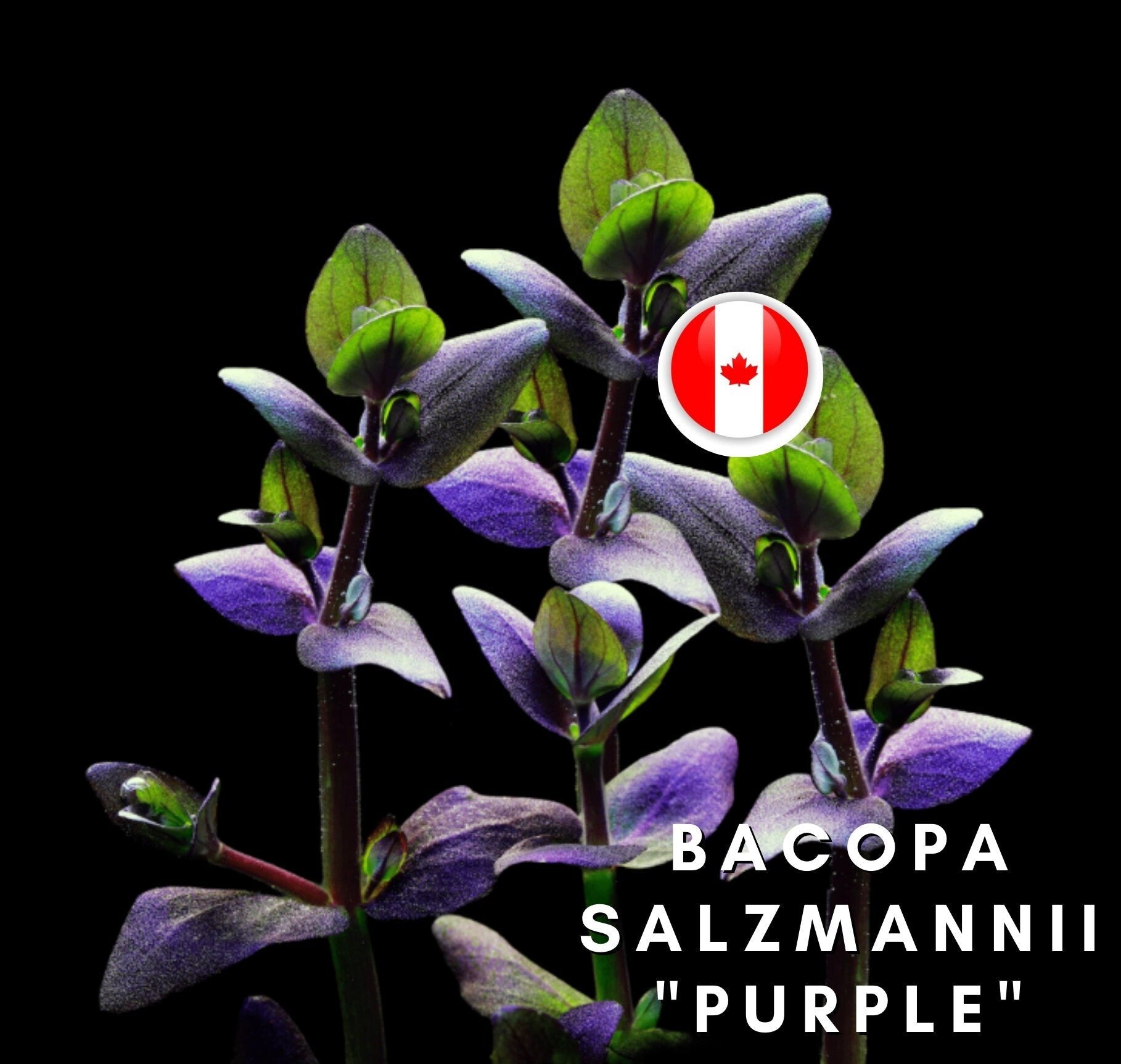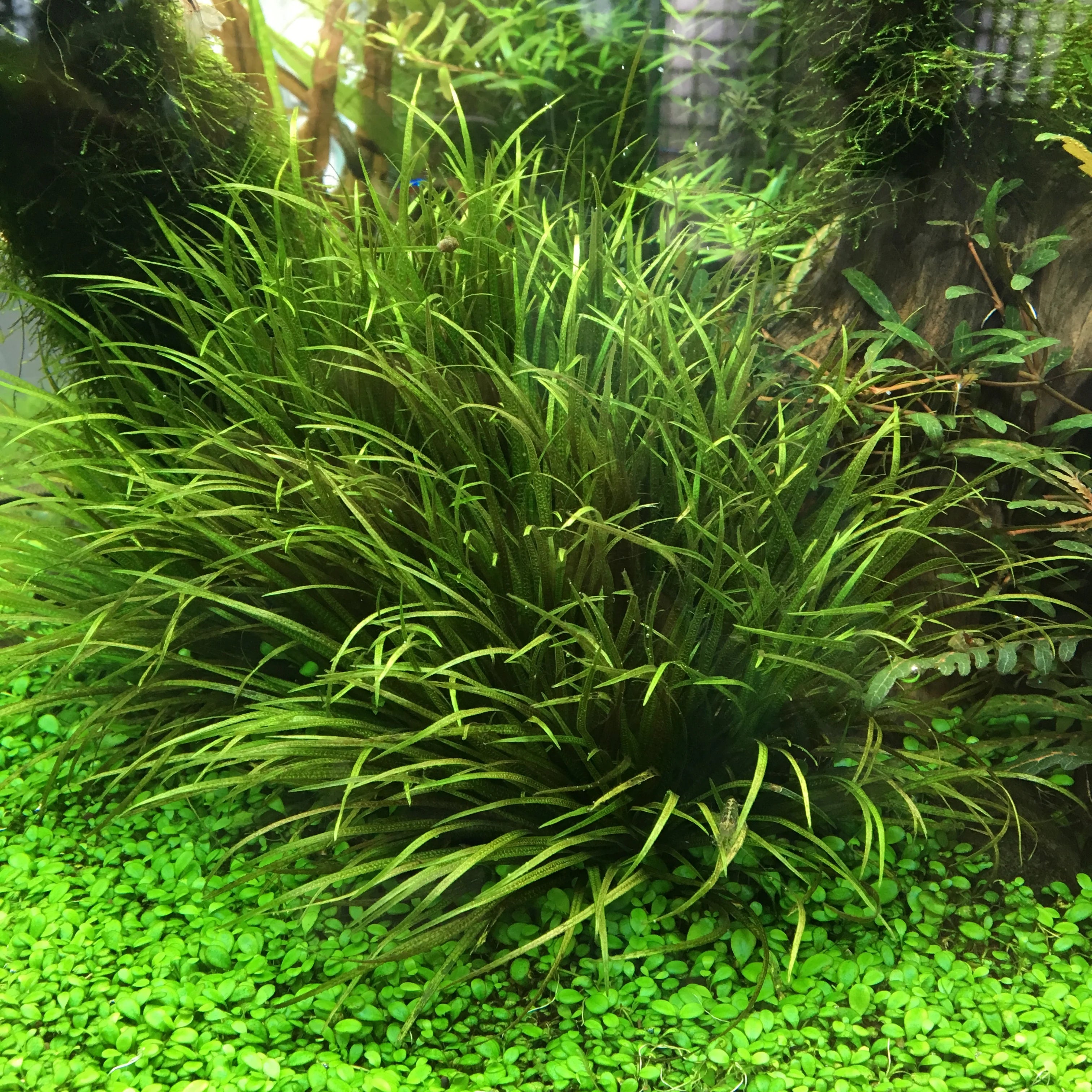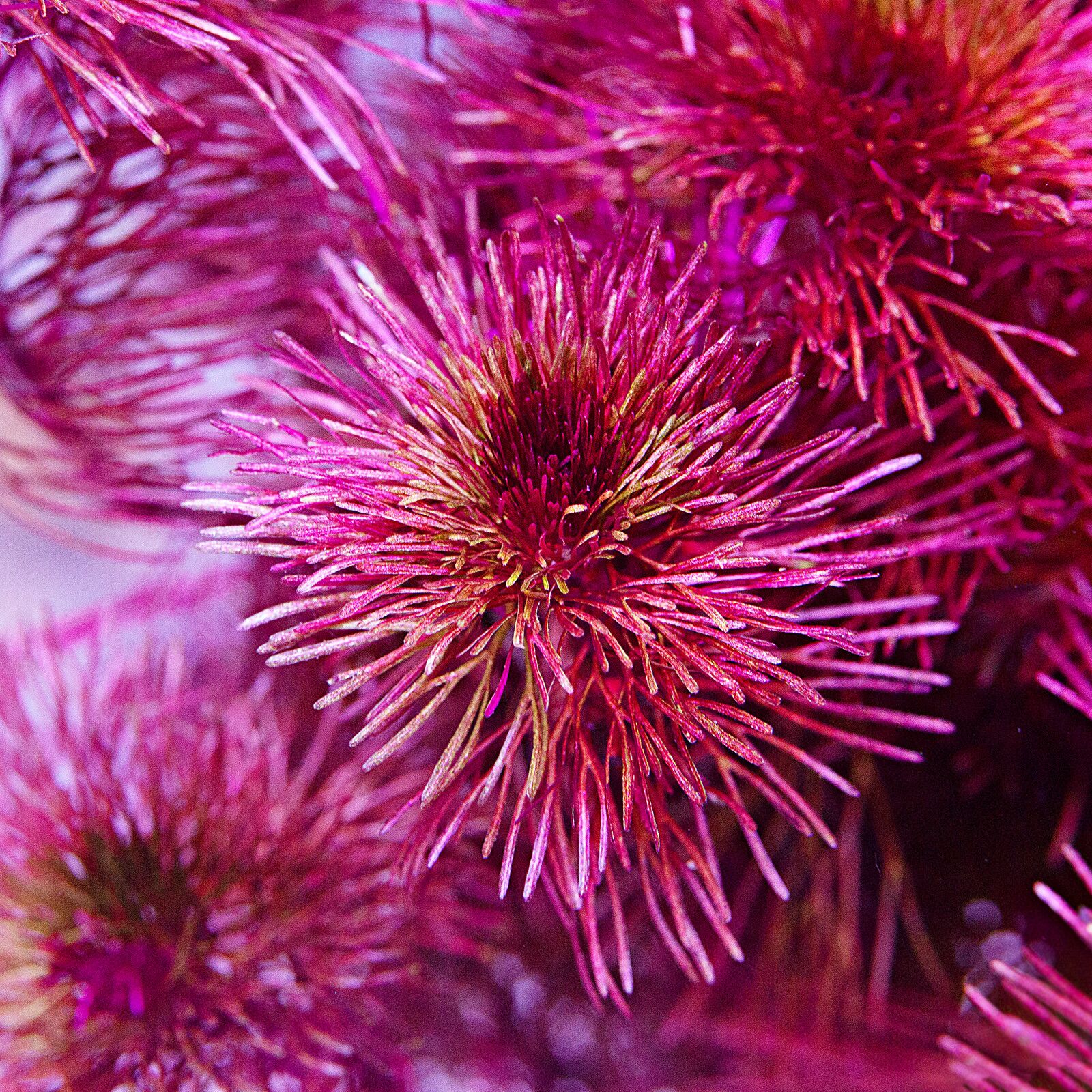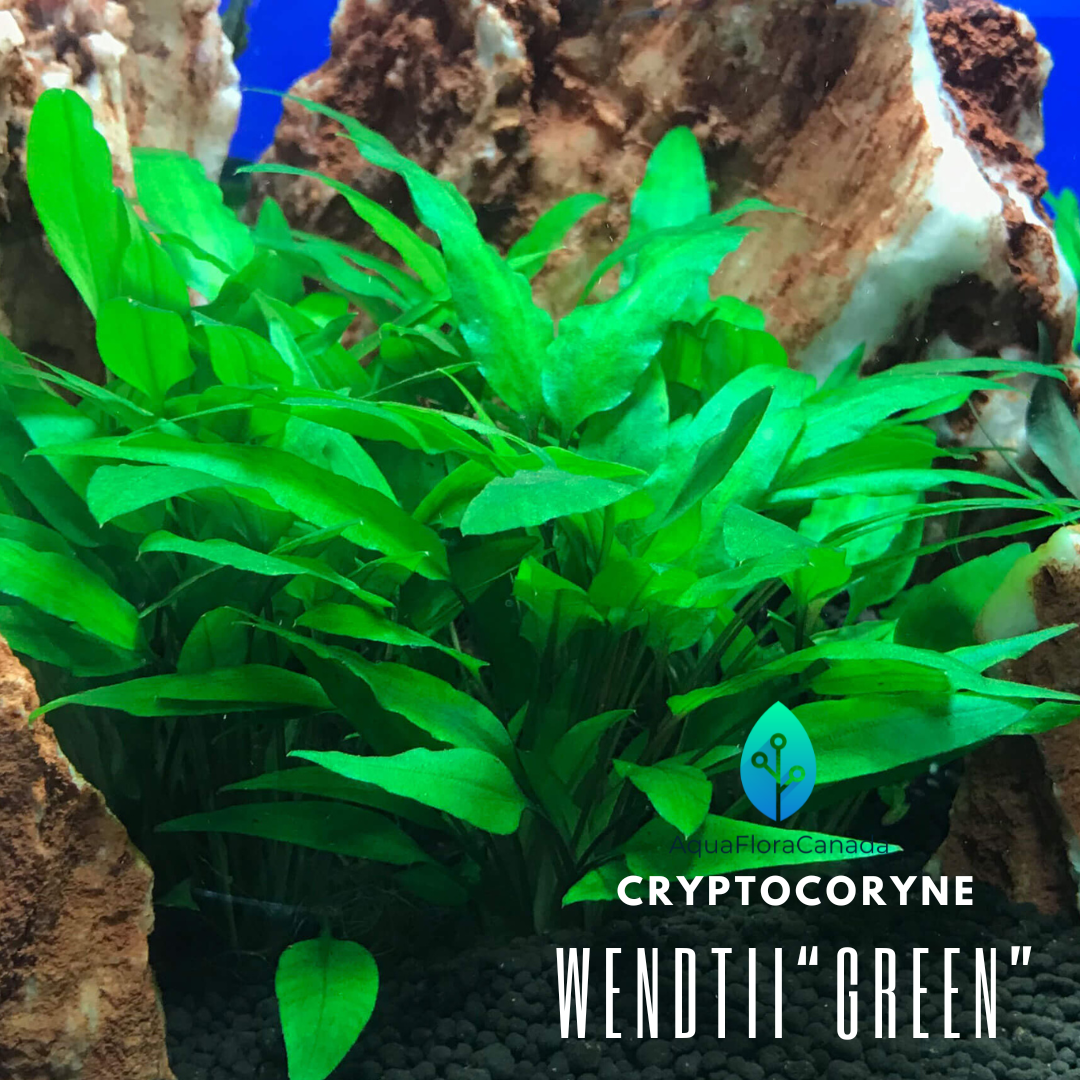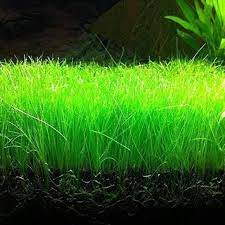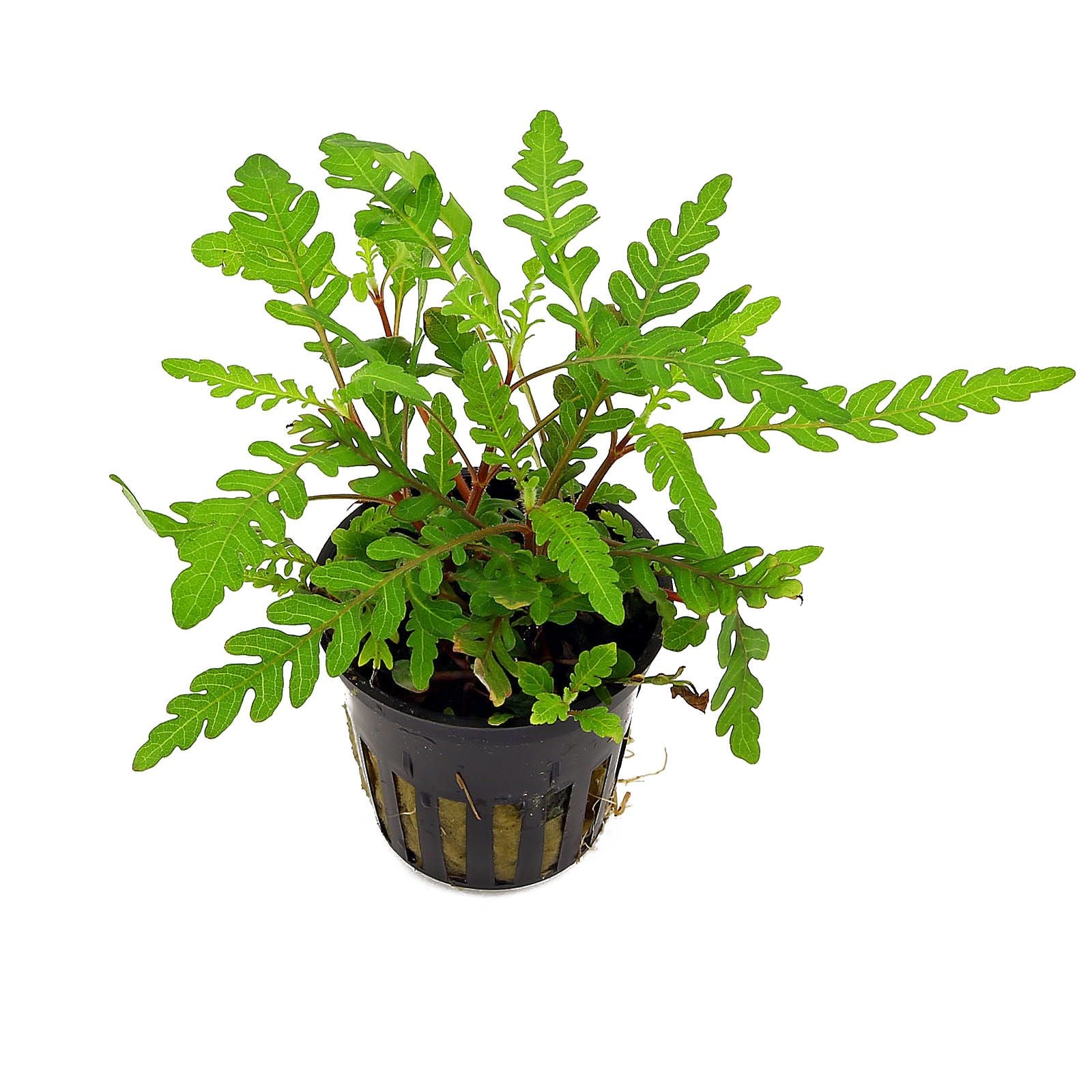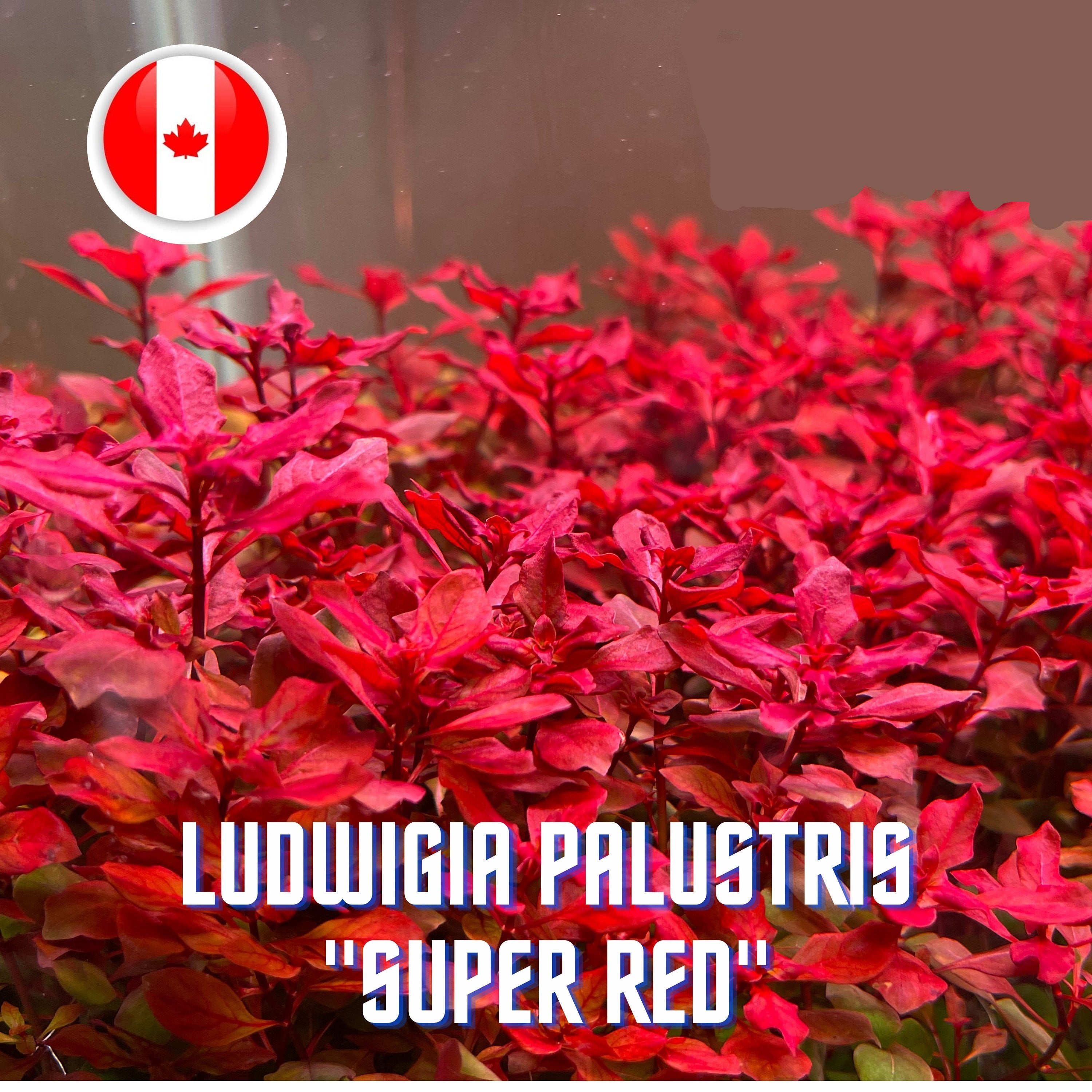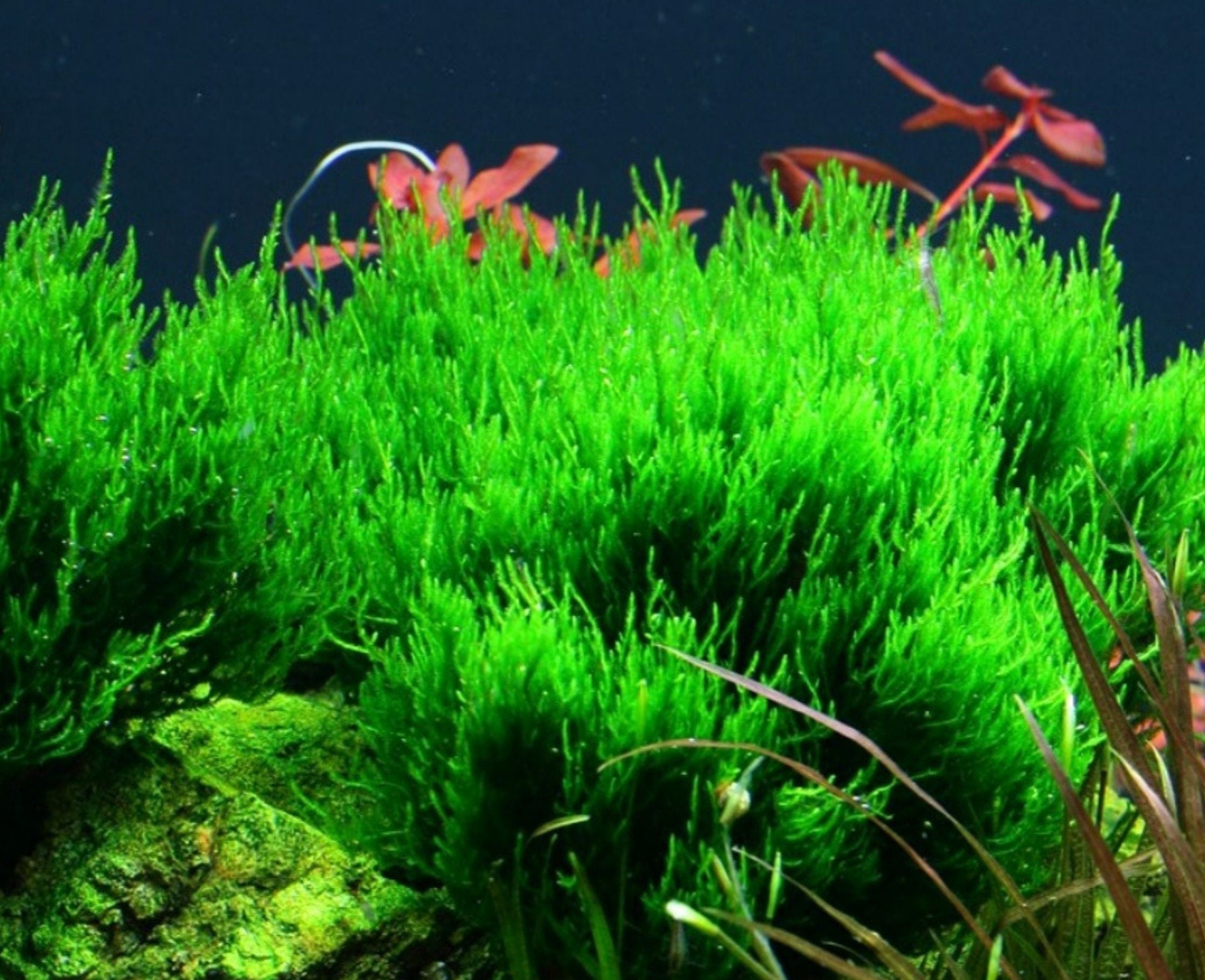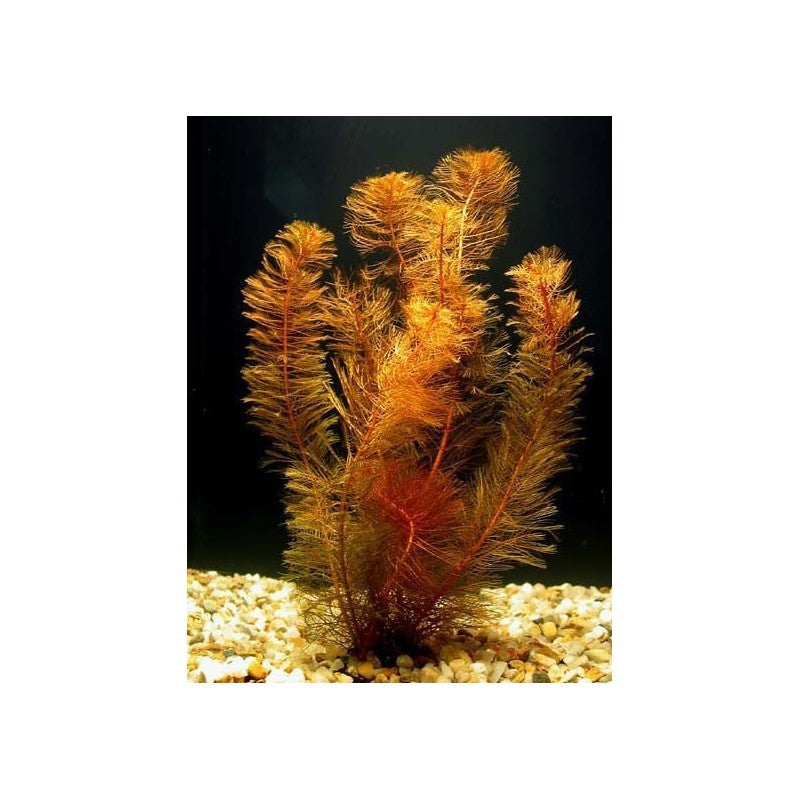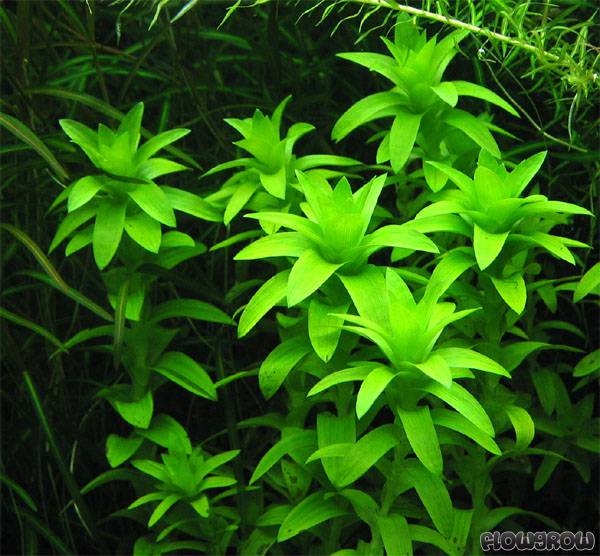Betta hendra is another beautiful wild betta species native to Borneo in Indonesia. It's a relatively new discovery, formally described only in 2006, and is especially popular among wild betta enthusiasts for its striking colors and more peaceful temperament. Like Betta rubra, Betta hendra is a mouthbrooder, with the male incubating the eggs in his mouth until they hatch.
Key Characteristics
- Appearance: Betta hendra males are particularly vivid, displaying a striking iridescent blue or green color with contrasting red or orange hues on the fins. Females are less colorful but still show subtle iridescence. Their fins are shorter and more rounded compared to domestic bettas.
- Size: They are relatively small, reaching about 3-4 cm (1.2-1.6 inches) in length.
- Temperament: Known for being more docile than Betta splendens, they can sometimes be housed with other fish if the tank mates are peaceful and non-competitive.
- Habitat Requirements: In the wild, Betta hendra can be found in acidic blackwater habitats with dense vegetation and leaf litter. Replicating these conditions in captivity helps them thrive.
-
Water Parameters:
- pH: 4.0 - 6.0 (they prefer very soft, acidic water)
- Temperature: 24-28°C (75-82°F)
- Hardness: Very soft water is ideal
Betta hendra is still relatively rare in the aquarium trade, and maintaining a colony in captivity can contribute to its preservation. Given its smaller size, it is suitable for nano aquariums but needs a well-maintained environment with stable parameters.



